5 Must-Watch Classic Bollywood Films That Every Film Lover Should See
Centers on the Indian Independence movement, making it a powerful and educational experience. This classic film was one of the most lavishly produced in Indian cinema history, thanks to its elaborate sets, costumes, and cinematography
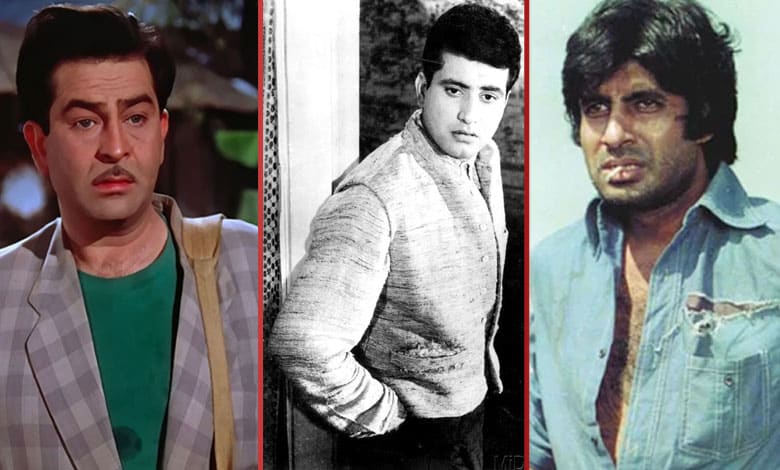
- Kranti
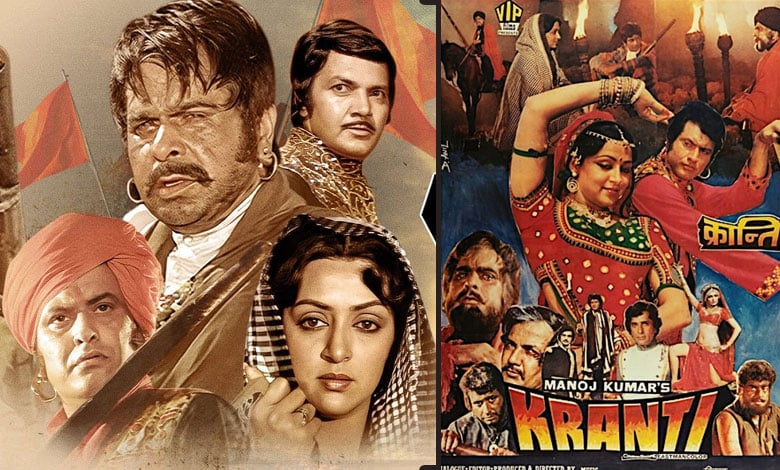
Centers on the Indian Independence movement, making it a powerful and educational experience. This classic film was one of the most lavishly produced in Indian cinema history, thanks to its elaborate sets, costumes, and cinematography. Manoj Kumar’s work in this film has left a lasting legacy, inspiring a sense of patriotism among viewers.
2. Awaara
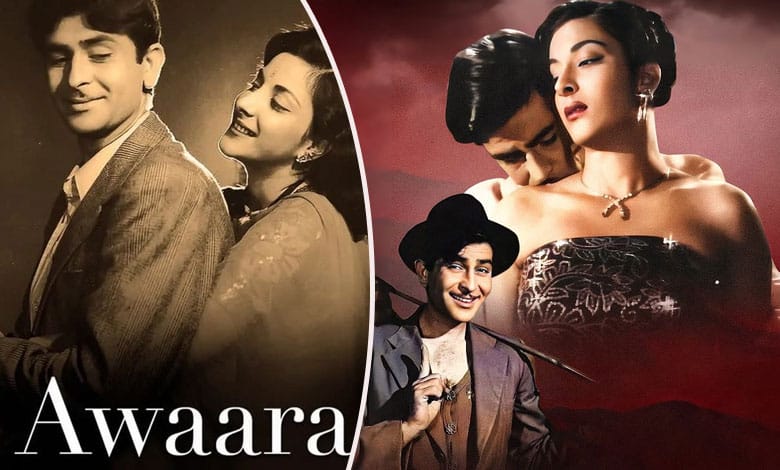
Was groundbreaking for its exploration of social issues such as crime, poverty, and corruption. Raj Kapoor’s portrayal of Raju is celebrated as one of his most outstanding performances, while Nargis’s role as Rita has also become iconic. This film marked India’s first entry at the Cannes Film Festival, further establishing its significance in global cinema.
3. Mother India

Delves into themes of love and familial bonds. Nargis’s depiction of Radha, the quintessential Indian mother, is hailed as one of the finest performances in Indian film history. The narrative addresses critical issues such as poverty, drought, and the fight for survival. It also represented India’s inaugural submission for the Academy Awards.
4. Junglee
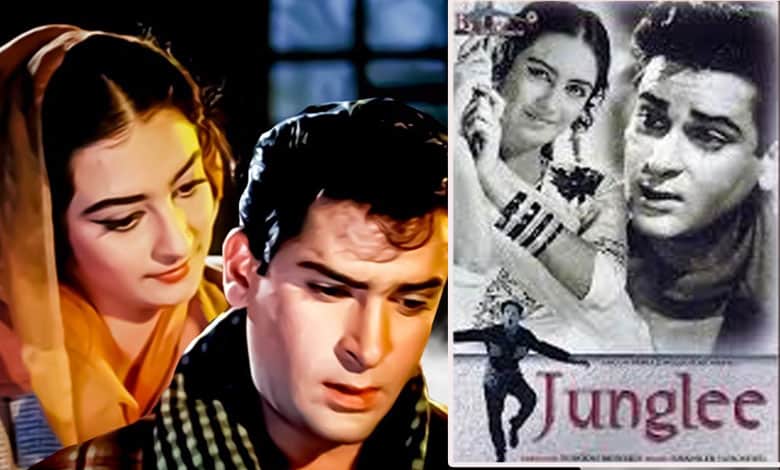
Is a delightful mix of action, comedy, romance, and music. It introduced Saira Banu, who would later become a prominent figure in Indian cinema, representing a pivotal moment in the industry that showcased India’s vibrant culture and musical heritage.
5. Sholay (1975)
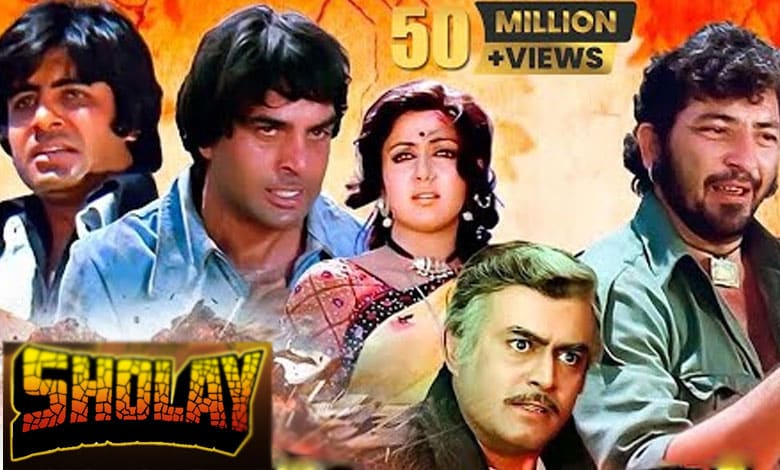
Is a legendary film that weaves a tale of friendship, redemption, and revenge. Known for its groundbreaking use of 70mm film, it delivered thrilling action sequences and dramatic storytelling. The film is filled with witty, memorable dialogues, including the famous line “Kitne Aadmi The?” which has become a part of popular culture.
These films not only highlight the rich tapestry of Indian cinema but also reflect the social and cultural landscape of their times.
